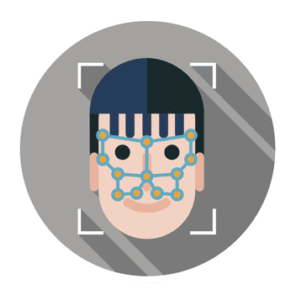 US border authorities are planning to launch a biometric border system at the Anazlduas checkpoint in Mexico that will scan the faces of drivers as they enter the country.
US border authorities are planning to launch a biometric border system at the Anazlduas checkpoint in Mexico that will scan the faces of drivers as they enter the country.
Called the Vehicle Face System, it is in part a product of research conducted at the Oak Ridge National Laboratory last year which involved the development of plenoptic camera technology, which allows a single camera sensor to scan an image at multiple focal ranges at the same time. This technology is critical for allowing cameras to biometrically scan the faces of drivers through vehicle windshields, with border authorities aiming to scan each individual entering the country from Mexico by car, and to match their biometrics against information in government databases.
As The Verge reports, there have already been at least two brief, secret trials of this technology – both under a week in length – first at the Nogales border crossing in Arizona and then at Anzalduas. The upcoming deployment appears to be a kind of extended trial, to be launched in August and run for a year.
The plans reflect the Department of Homeland Security and its Customs and Border Protection agency’s growing interest in biometric border security, with an expanding airport program already well underway, and even a sea port trial underway. Privacy rights advocates are already raising alarms, including an attorney with the ACLU’s Border Litigation Project, suggesting the Vehicle Face System could face some pushback; at the very least, the topic is likely to enter into the next of the CBP’s periodic meetings with civil rights groups.
Sources: The Verge, The Guardian
–
June 8, 2018 – by Alex Perala







Follow Us